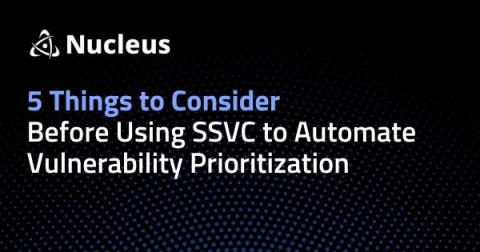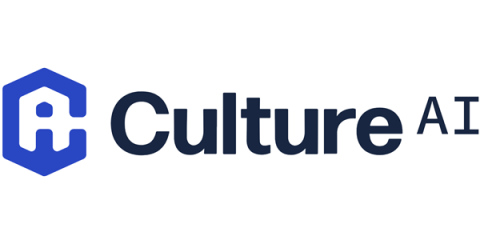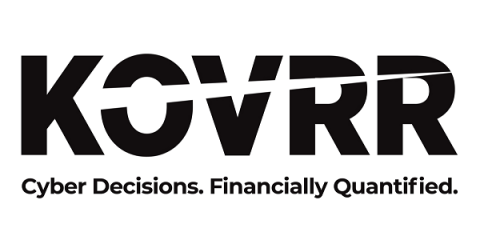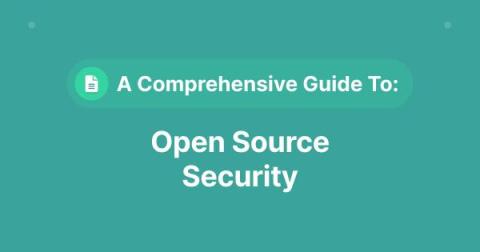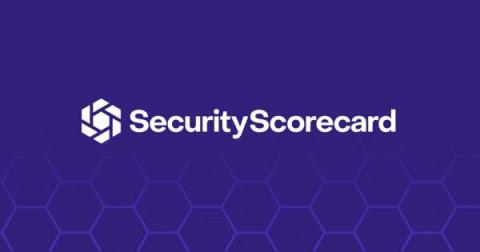5 Things to Consider Before Using SSVC Vulnerability Prioritization Framework
Vulnerability prioritization is one of the most important steps in managing cybersecurity risks effectively. Ideally, security teams would address every vulnerability immediately upon detection. However, the reality is far from ideal because of the overwhelming number of vulnerabilities and their escalating volume among other challenges, like severity spectrum differences requiring nuanced assessment, evolving threats, or resource constraints.


